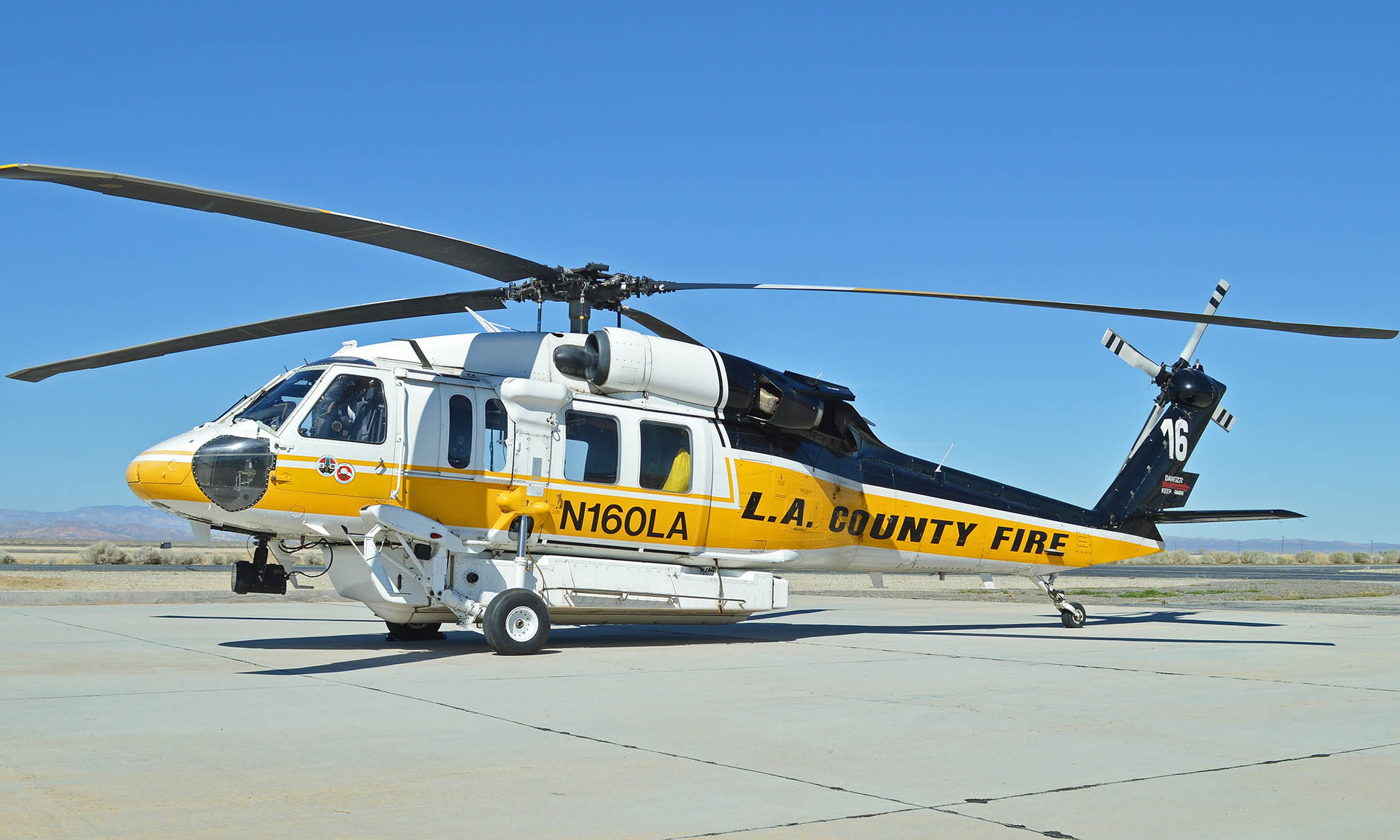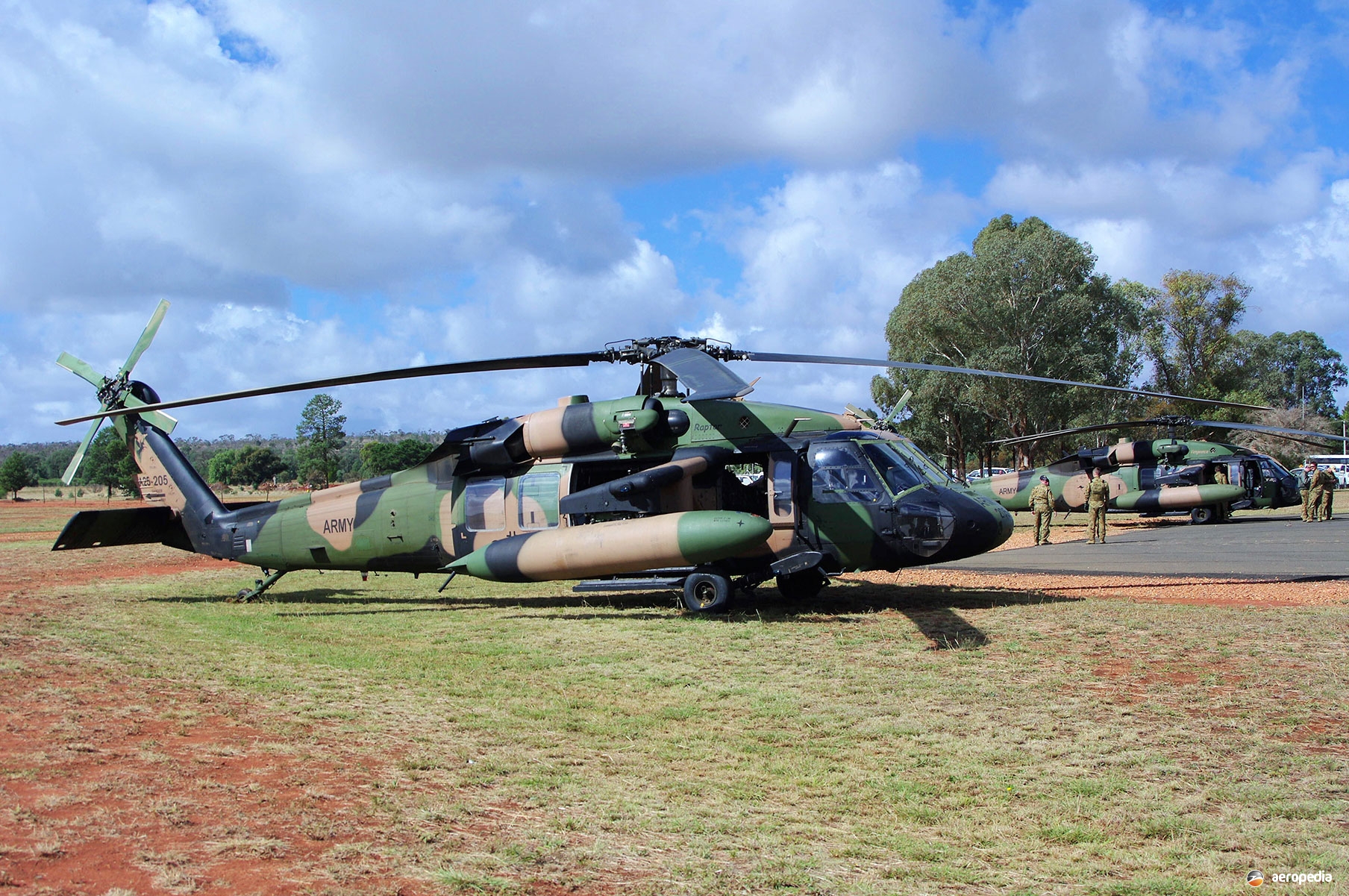Why the Sikorsky S 70 is the Preferred Option for Modern Helicopter Missions
Why the Sikorsky S 70 is the Preferred Option for Modern Helicopter Missions
Blog Article
High-Performance Multi-Role Rotorcraft Featuring Advanced Cockpit Technologies and Integrated Sensing Unit Systems
The realm of rotorcraft modern technology has seen notable innovations in current times, particularly in the world of high-performance multi-role rotorcraft furnished with advanced cockpit innovations and effortlessly incorporated sensing unit systems. In the complying with conversation, we will discover the advancement of rotorcraft modern technology, delve right into the realm of innovative cabin developments, and examine the ramifications of incorporated sensor systems on the operational convenience and efficiency of contemporary rotorcraft.
Advancement of Rotorcraft Technology
The advancement of rotorcraft technology has actually been marked by substantial developments in the rules of aerodynamics, products, and propulsion systems, forming the capabilities and performance of contemporary rotorcraft. Wind resistant improvements have improved the performance and maneuverability of rotorcraft, permitting boosted rate, dexterity, and stability during flight (sikorsky s 70). Technologies in materials, such as the use of composite products and advanced alloys, have actually resulted in lighter yet more powerful rotorcraft frameworks, improving general performance and resilience. In addition, developments in propulsion systems, consisting of more effective engines and ingenious propulsion technologies, have allowed rotorcraft to accomplish higher elevations, faster speeds, and greater payloads.
These advancements have not only changed the abilities of rotorcraft yet have actually likewise expanded their applications throughout various industries, including military, commercial, and emergency situation services. The continual development of rotorcraft technology continues to drive development in the field, pushing the borders of what is possible and shaping the future of upright flight.
Advanced Cockpit Innovations
Structure upon the fundamental developments in aerodynamics, materials, and propulsion systems, the world of rotorcraft innovation currently changes focus towards pioneering Advanced Cabin Innovations. The assimilation of cutting-edge modern technologies within the cockpit setting plays an essential function in enhancing the functional abilities, security, and efficiency of contemporary rotorcraft. sikorsky s 70. Advanced Cockpit Innovations incorporate a wide selection of functions created to supply pilots with improved situational awareness, structured data monitoring, and user-friendly control interfaces
One of the crucial improvements in cabin design is the implementation of glass cabins, which change standard analog evaluates with high-resolution displays. These electronic systems provide adjustable layouts, real-time data assimilation, and improved readability, making it possible for pilots to accessibility vital information at a glimpse. Advanced avionics systems, such as fly-by-wire controls and boosted reality screens, are changing how pilots interact with the airplane, enabling for accurate control and improved decision-making capacities.


Incorporating advanced cabin innovations not just enhances pilot efficiency however likewise adds to total objective efficiency and safety in complex functional environments. By leveraging state-of-the-art technologies within the cabin, rotorcraft suppliers are establishing new criteria for operational excellence and goal success.
Integrated Sensing Unit Systems
With the evolution of rotorcraft modern technology, the assimilation of sophisticated Integrated Sensor Equipment has actually come to be critical in boosting functional efficiency and safety and security. These Integrated Sensing unit Systems incorporate a broad array of modern technologies that give important data for numerous functions such as navigation, security, targeting, and ecological tracking. By seamlessly incorporating sensing units like radars, cameras, lidar, and infrared systems right try these out into rotorcraft, operators can take advantage of boosted situational understanding, boosted mission abilities, and reduced pilot workload.
One trick benefit of Integrated Sensor Solutions is their capacity to collect real-time data and offer actionable insights to pilots and mission operators. Progressed radar systems can identify and track targets over long distances, allowing for early risk discovery and efficient action preparation. Additionally, integrating infrared and electro-optical video cameras allows rotorcraft to perform reconnaissance and security goals with accuracy and precision.
Essentially, the integration of innovative sensing unit innovations into rotorcraft not only improves operational effectiveness but also adds significantly to overall mission success and staff safety and security. As rotorcraft proceed to advance, the role of Integrated Sensor Solution will undoubtedly remain at the leading edge of advancement in the aerospace market.
Functional Convenience and Performance
Enhancing functional adaptability and effectiveness in rotorcraft is an all-natural development from the combination of innovative Integrated Sensor Equipments. By leveraging the information and insights provided by these advanced sensor systems, rotorcraft can maximize their performance throughout numerous objectives and environments.
Functional adaptability Get the facts encompasses the capacity of rotorcraft to adapt to various functions and scenarios successfully. With sophisticated cockpit modern technologies and incorporated sensor systems, rotorcraft can flawlessly change between jobs such as search and rescue, clinical evacuation, security, and much more. This versatility boosts the rotorcraft's capacity to meet varied functional demands without needing comprehensive reconfiguration.
Performance in rotorcraft procedures is crucial for optimizing mission effectiveness and source usage. Integrated sensor systems play a pivotal role in enhancing functional efficiency by offering real-time data on weather problems, terrain mapping, target tracking, and more. This information allows pilots to make educated choices quickly, enhance trip paths, conserve fuel, and boost general goal productivity.
Influence On Modern Air Travel Workflow

Additionally, the integration of innovative sensors facilitates boosted objective planning and execution, enabling rotorcraft to perform a wide variety of tasks with enhanced precision. From search and rescue procedures to airborne firefighting and police objectives, the capabilities of modern-day rotorcraft furnished with sophisticated cabin innovations and incorporated sensing unit systems are unmatched.
Additionally, the impact of these improvements extends past functional this website effectiveness to cost-effectiveness and sustainability. By enhancing flight paths, gas consumption, and upkeep schedules, high-performance rotorcraft furnished with innovative cockpit innovations and sensors add to reducing operational expenses and ecological influence, making them important properties in modern-day aeronautics operations.
Final Thought
In verdict, the high-performance multi-role rotorcraft with innovative cockpit innovations and incorporated sensing unit systems represents a substantial evolution in aviation innovation. These technologies enhance operational adaptability and efficiency, ultimately influencing modern aviation operations in a favorable method. The assimilation of these advanced innovations enables boosted capabilities and performance in different mission circumstances, showcasing the continued development of rotorcraft innovation in the air travel market.
The realm of rotorcraft technology has actually seen notable advancements in current times, specifically in the world of high-performance multi-role rotorcraft furnished with innovative cabin innovations and perfectly integrated sensor systems. From boosted goal adaptability to enhanced operational efficiency, the convergence of innovative cockpit innovations and integrated sensing unit systems has ushered in a brand-new era of opportunities for rotorcraft applications. In the following conversation, we will explore the advancement of rotorcraft technology, dig right into the realm of advanced cockpit developments, and check out the implications of incorporated sensing unit systems on the operational adaptability and efficiency of modern-day rotorcraft.

Report this page